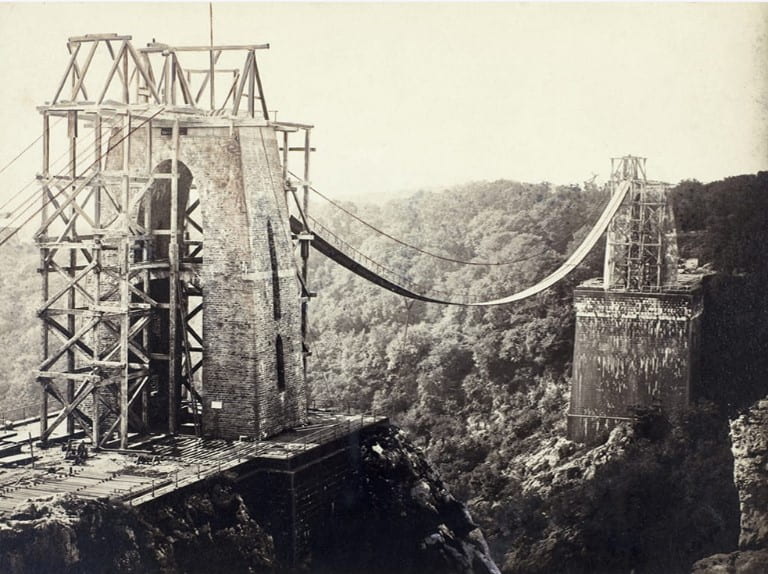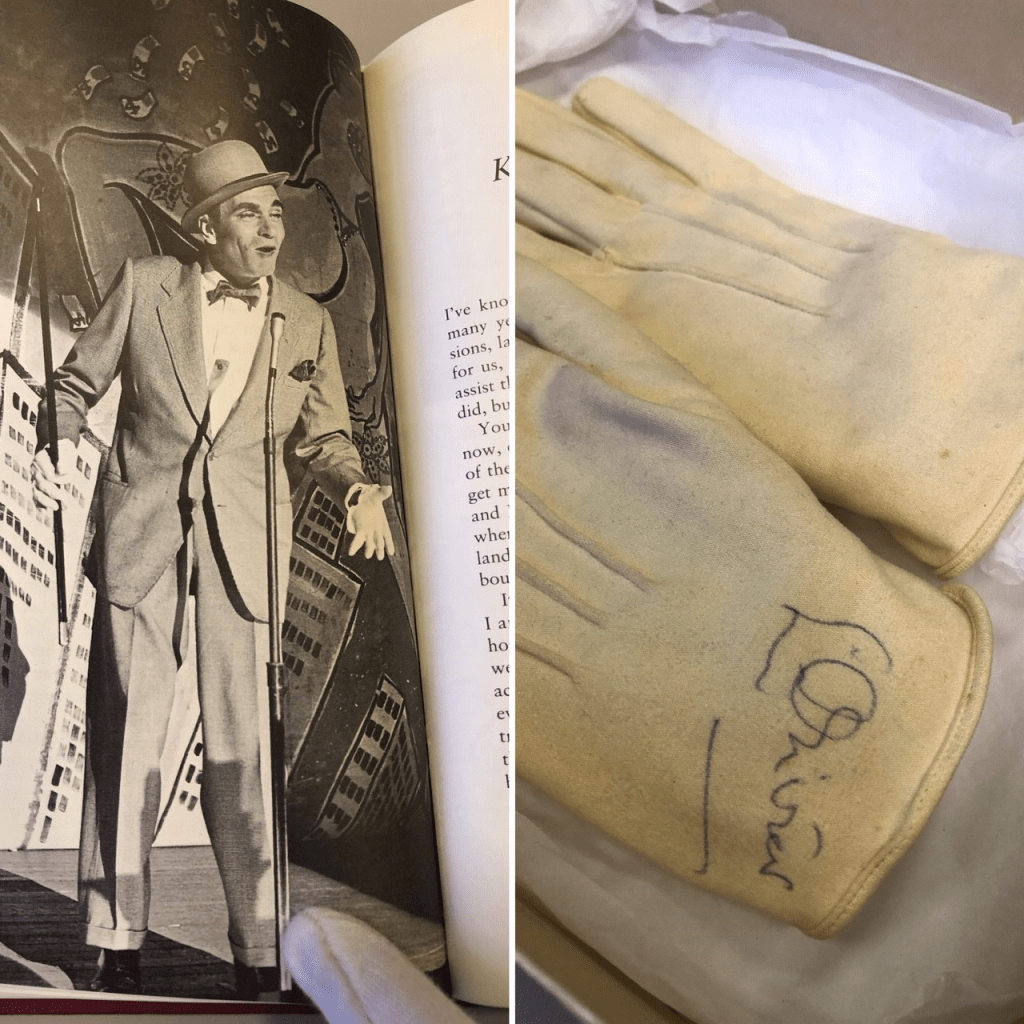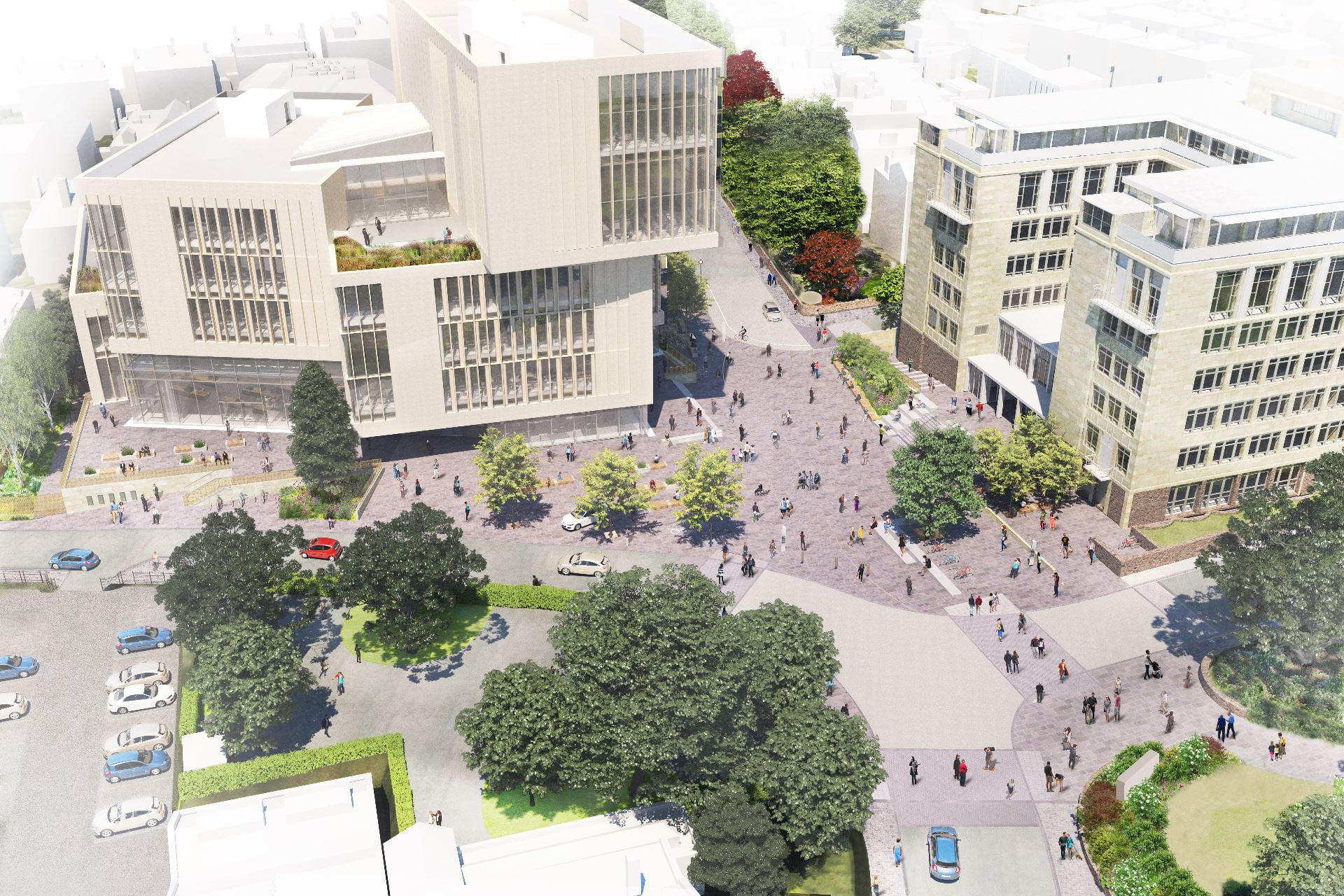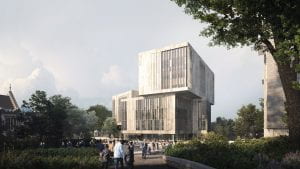The University has been successful in its planning application for the new University Library (NUL).
The University submitted its planning application to Bristol City Council in January 2020 following an extensive consultation with a wide range of stakeholder groups including staff, students, local residents and neighbours, the wider community, and Bristol City Council.
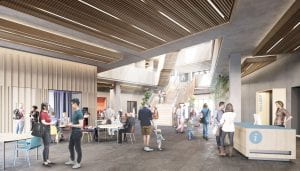
Photo credit: ©HawkinsBrown + SchmidtHammerLassen
The successful planning application outlined how the NUL – which will be built on the site of The Hawthorns, at the corner of Elton Road and Woodland Road – will play an important civic and educational role and provide an architecturally significant new building for the city, along with improved external public spaces.
As a place to learn and a place to be, it will bring together some of the very best aspects of the city and the University for the benefit of those who live, learn and work here. The library has been designed by a collaborative team formed by Hawkins/Brown, Schmidt Hammer Lassen and BuroHappold – companies behind some of Europe’s top education and library projects
Deputy Vice-Chancellor and Provost, Professor Judith Squires, commented: “We are delighted to have been granted planning permission for our new University Library and thank everyone for their input and support throughout the planning process.
“The new University Library will provide world-class state-of-the-art library facilities for our staff, students and visitors. It will support the learning of generations of future students and cutting-edge research into our most significant societal challenges.
“It will also be a new cultural destination for the city of Bristol, with a museum style café, exhibition galleries, reading rooms to explore archival and museum collections, and programmed event spaces. The new University Library will sit in a new City Square, providing a welcoming and inspiring public realm for the whole city.
“We look forward to delivering this new heart to our University campus and currently anticipate that the new library will open in 2026.”
Scope of the NUL project
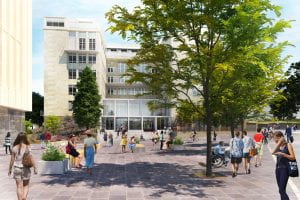
Photo credit: ©Grant Associates
The NUL will offer a stimulating and nurturing environment with world-class academic facilities that foster innovation in teaching, improving student attainment and enabling new research partnerships. Staff and students will benefit from around 2,000 new study seats and approximately 420,000 books and 70,000 journals.
The upper floors will be open to staff and students for study and research whilst the ground floor will be open to everyone, with access to exhibition galleries, events spaces, a programme of new public art commissions and a café.
The publicly accessible ground floor will also be home to the University’s Centre for Cultural Collections which will unite the University’s two world-class collections, the Theatre Collection (an accredited museum and archive service) and the Special Collections, under one roof for the first time.
The Centre for Cultural Collections will give staff, students and the public access to these nationally significant resources through a year-round programme of exhibitions and complementary events and will be open to everyone in Bristol and beyond.
Enhancements will also be made to the surrounding public realm including a new pedestrianised civic square between the NUL and refurbished Senate House, providing a welcoming sense of arrival and better connecting the area with Royal Fort Gardens. The proposed new road layouts will improve public transport and traffic flow, enhance pedestrian and cycling routes in line with the Council’s emerging policies, and make the whole area enjoyable, safer and accessible for everyone.
NUL and Campus Heart
The NUL and public realm plans are the cornerstone of Campus Heart, a programme of major revitalisation of the University’s main Clifton campus which began in 2018. Developed in consultation with staff and students, the Campus Heart programme is transforming the centre of our campus into a vibrant hub for the University and city community.
As part of the Campus Heart programme, the University has already improved a number of its spaces and facilities for the benefit of our staff, students and members of the local community. These changes include a larger and better equipped Indoor Sports Centre providing bigger class capacities, improved changing facilities and faster access; and a new environmentally friendly and fully wheelchair accessible café – Source Garden Café – offering sustainable, ethically sourced food and great coffee.
Work on the refurbishment of Senate House is also continuing to progress. Once finished, the lower ground floor will be home to a brand-new food court and SU Bar whilst the upper ground floor will contain the Student Information Service (SIS) and a new student lounge and kitchenette area – The Loft.
A video flythrough of the approved designs is available to view online and more information is available on the FAQ webpage.
For any further questions please get in touch by emailing campus-heart-admin@bristol.ac.uk



